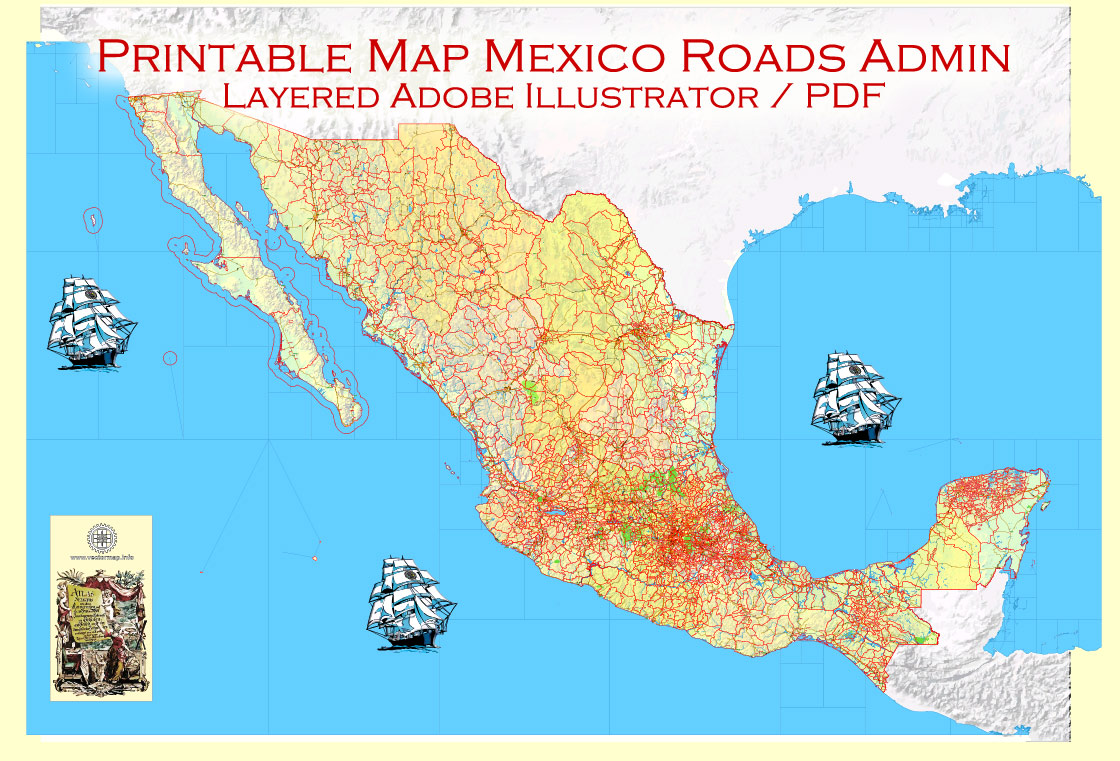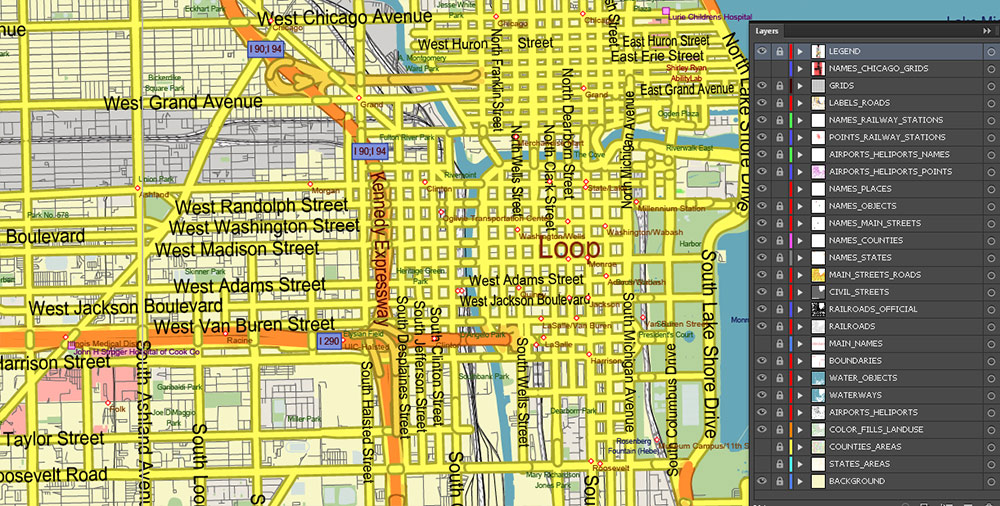

Our Feedback maps, for Vector Basemaps, Imagery, and Geocoding, are interactive maps where you can mark up the map in the area in question and provide the resolution. Whether that’s missing or incorrect content, we’d like to hear from you. You can find more details on map styling with the Editor at this link.Īs you use the basemaps, you may run across some feature on the map that needs to be updated. Using the ArcGIS Vector Tile Style Editor (or VTSE), with a few clicks of the mouse you can customize any of our styles, or even style your own tile set you’ve built through ArcGIS Pro. There may be instances where you’d like to tweak just a little, or radically redesign the style for your own purpose. Also, we’re not completely sold on the title of this style, but it’s descriptive enough to set it apart from the current vector Topo map in the basemap gallery that doesn’t include all the content of this one.Īs with all our vector basemaps, we present the data – either in Esri Vector Basemaps or OpenStreetMap Basemaps – for the widest audience. Share your thoughts in the Esri Community Living Atlas pages.
Vectorial map full pro#
Just as a reminder, use the new Map Viewer (not classic), or newer versions of Pro or Runtime to fully experience the multisource vector basemaps.
Vectorial map full plus#
Plus we’re providing the additional contours and hillshade as vector sources. All the same features and base cartographic design you’ve come to appreciate in our vector basemaps are found in this incarnation. We are now adding this content to our vector Topographic basemap, similar to what is in the now-deprecated raster map. This map takes our standard Topographic vector basemap and adds the two new vector components: contours and hillshade. Similar in content to the Outdoor Map above, but quite different and more subdued in its cartographic styling. Topographic (with Contours and Hillshade)

Vectorial map full code#
A quick look at a snippet of JSON code shows the three vector tile sets being referenced from the single layer. All content in the Outdoor map style is from vector tile sets. We’ve eliminated needing two separate layers (including one raster) and replaced it with the use of only one vector tile layer. are built from two separate layers within the web map: a bottom layer of raster hillshade and a top layer of the vector style.Currently, maps such as Topographic or Streets (with Relief)…
Vectorial map full full#
This is our new contour layer that continues the story of a full vector solution. Approaching larger scales, ~1:144K/LOD12, vector contours start appearing in the map. This new hillshade layer offers a vector basemap solution. As you zoom in, the vector hillshade catches your attention. One of the first thing you’ll notice about the Outdoor Map is that at small-to-mid-scales we present a new biome layer in our vector basemaps. This multisource vector map style brings a rich cartographic design to its emphasis of the natural world.

The URL/links and Item IDs are not expected to change when the new map styles come out of Beta, but there may be changes and improvements leading up to their full release. Note: All web maps and tile layers featured in this blog are in Beta status. For the best visual experience, use the current versions of the ArcGIS Online Map Viewer (not Classic), Pro, and Runtime. The main point with this kind of maps is, they reference two or more vector tile sets within a single JSON style layer. You’ll see a new term used in a couple of the style descriptions below: multisource basemap. Most of these new items are available at the ArcGIS Living Atlas of the World. We made new map styles, with a familiar look, based on the OpenStreetMap vector tile set that Esri publishes. Those are additions to our collection of Esri Vector Basemaps. We updated data sources for our Places content. Introducing… a handful of new vector basemap styles! This collection includes new approaches to our styles.


 0 kommentar(er)
0 kommentar(er)
